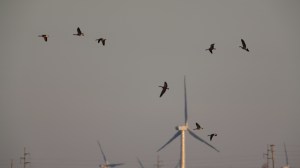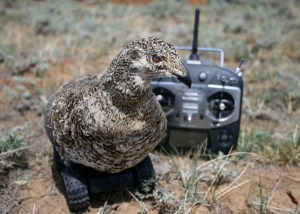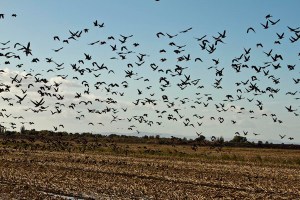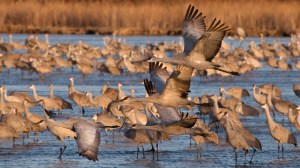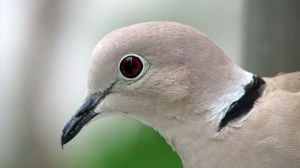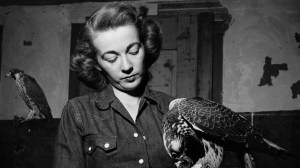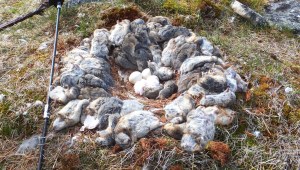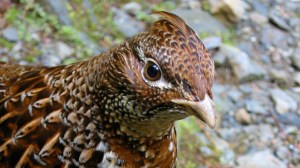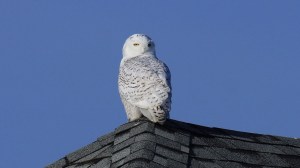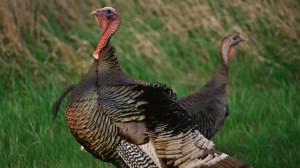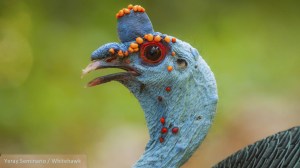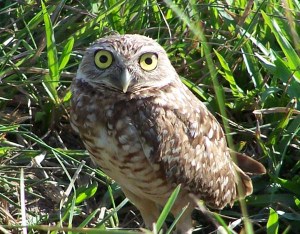Discover stories in Birds
Wind Turbines and Birds: What’s the Real Story?
Cats and window collisions kill more birds, but that doesn't mean conservationists should ignore the effects of wind turbines. Blogger David Mehlman takes a look at the science, and finds significant impacts to both birds and bats.
Grouse Robot: Remote-Controlled Bird Assists Conservation
A grouse robot? You bet. And no, it's not a gimmick. On the sagebrush plains of Wyoming, researchers are deploying the fake birds to study how males react to females -- and helping to protect the species in the process.
Of Drones and Cranes: UAV Technology Aids California Bird Conservation
Sandhill Cranes congregate in great numbers at night, crowded together in flooded fields. How can California conservationists accurately count them. Enter a new tool in bird monitoring: the drone.
Platte River Sandhill Cranes: Enjoying North America’s Greatest Bird Spectacle
Each year, more than 500,000 cranes congregate along 70 miles of Nebraska's Platte River. Want to see one of the world's great wildlife spectacles? Our blogger takes you to the heart of the action.
Eurasian Collared Dove: Have You Seen This Bird?
Thirty years ago, non-native Eurasian collared doves were starting to show up in South Florida. Today, this species is being documented across North America. How citizen scientists help document the spread of a non-native species.
Mad Men Go Falcon Trapping
Bird conservation, 1950s style. Blogger Joe Smith looks back at the unusual techniques used by bird banders, at a time when peregrine falcons faced a bleak and uncertain future.
The Amazing Lemming: The Rodent Behind the Snowy Owl Invasion?
Lemmings shape nearly every aspect of arctic ecosystems. Could their recent abundance also be a key factor in the snowy owl invasion occurring in the eastern United States?
The Grouse in Winter
Self-made snow igloos, "reverse" migrations and big sagebrush. The unusual ways 3 grouse species survive and thrive in deep snow and frigid temperatures.
Snowy Owl Invasion!
The snowy owls are here -- especially if you live on the east coast! Birder extraordinaire Tim Boucher provides the latest on this natural phenomenon -- and how you can see this dramatic bird near you.
Wild Turkey Restoration: The Greatest Conservation Success Story?
Once, conservationists thought turkeys were doomed. Now, some consider the birds to be too abundant. How did we achieve this dramatic turn of events?
Meet the Ocellated Turkey
Put aside thoughts of the Thanksgiving bird. There's another turkey: a colorful bird that haunts Mayan ruins. Meet the Meleagris ocellata, the ocellated turkey.
Weird Nature: An Owl That Uses Dung Tools
Sure, burrowing owls are incredibly cute. But did you know that they are also one of the most intriguing tool users in the animal kingdom?
